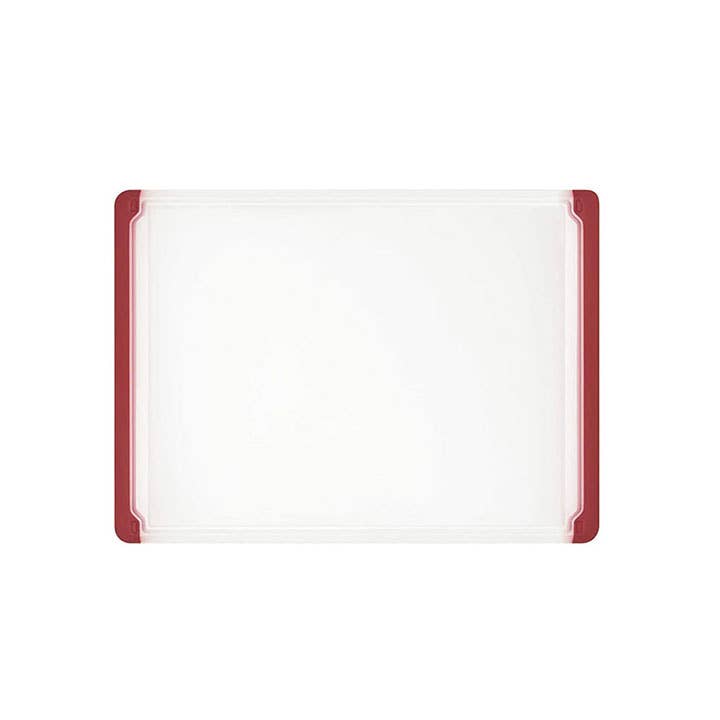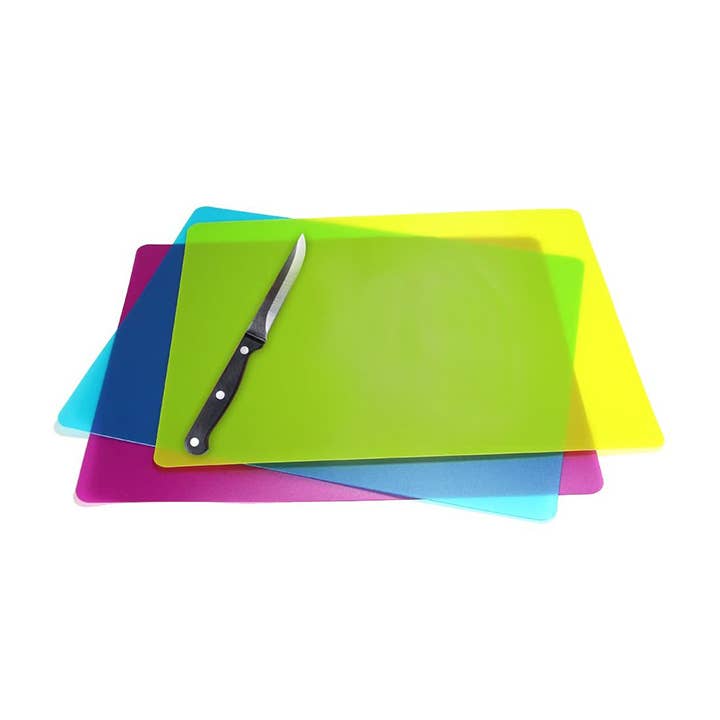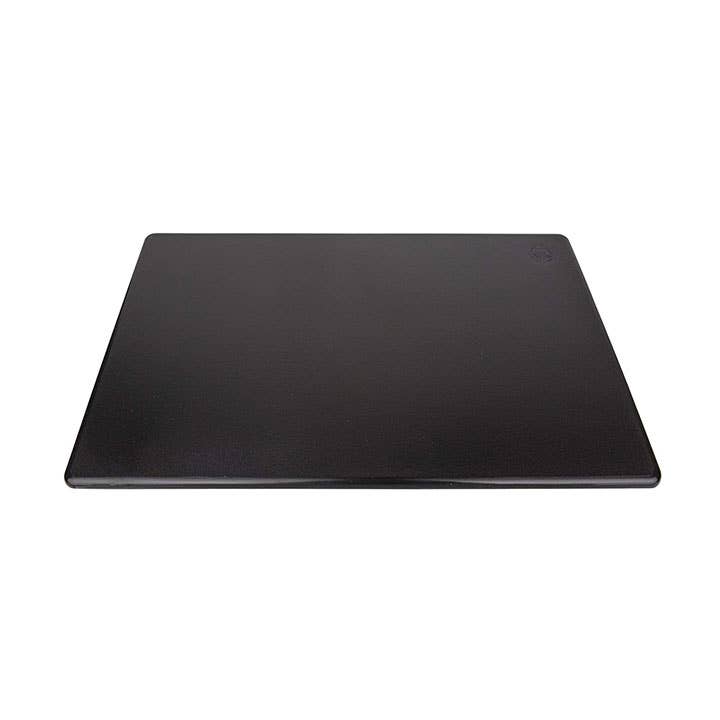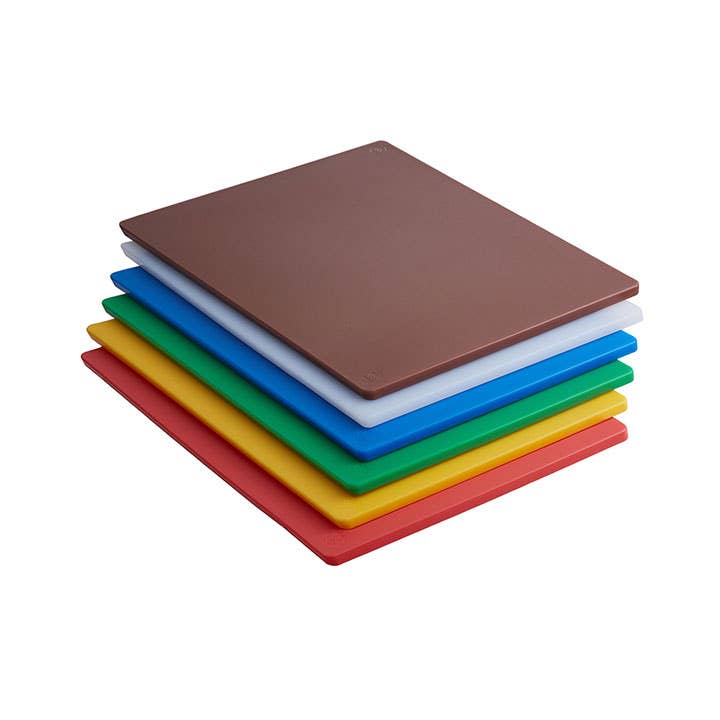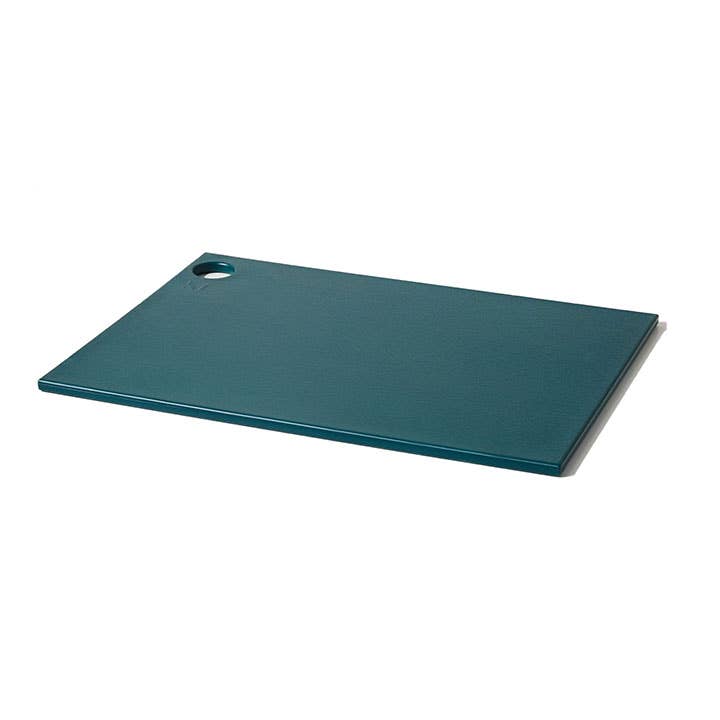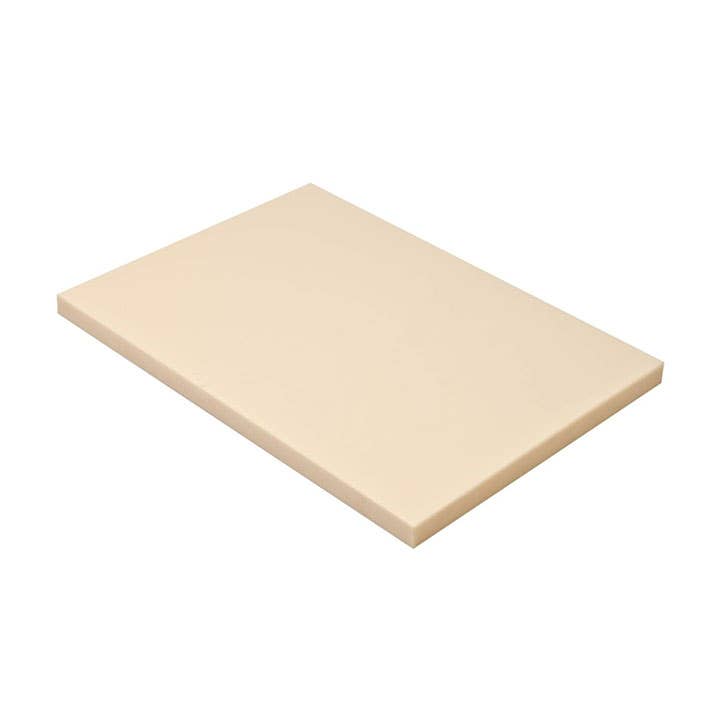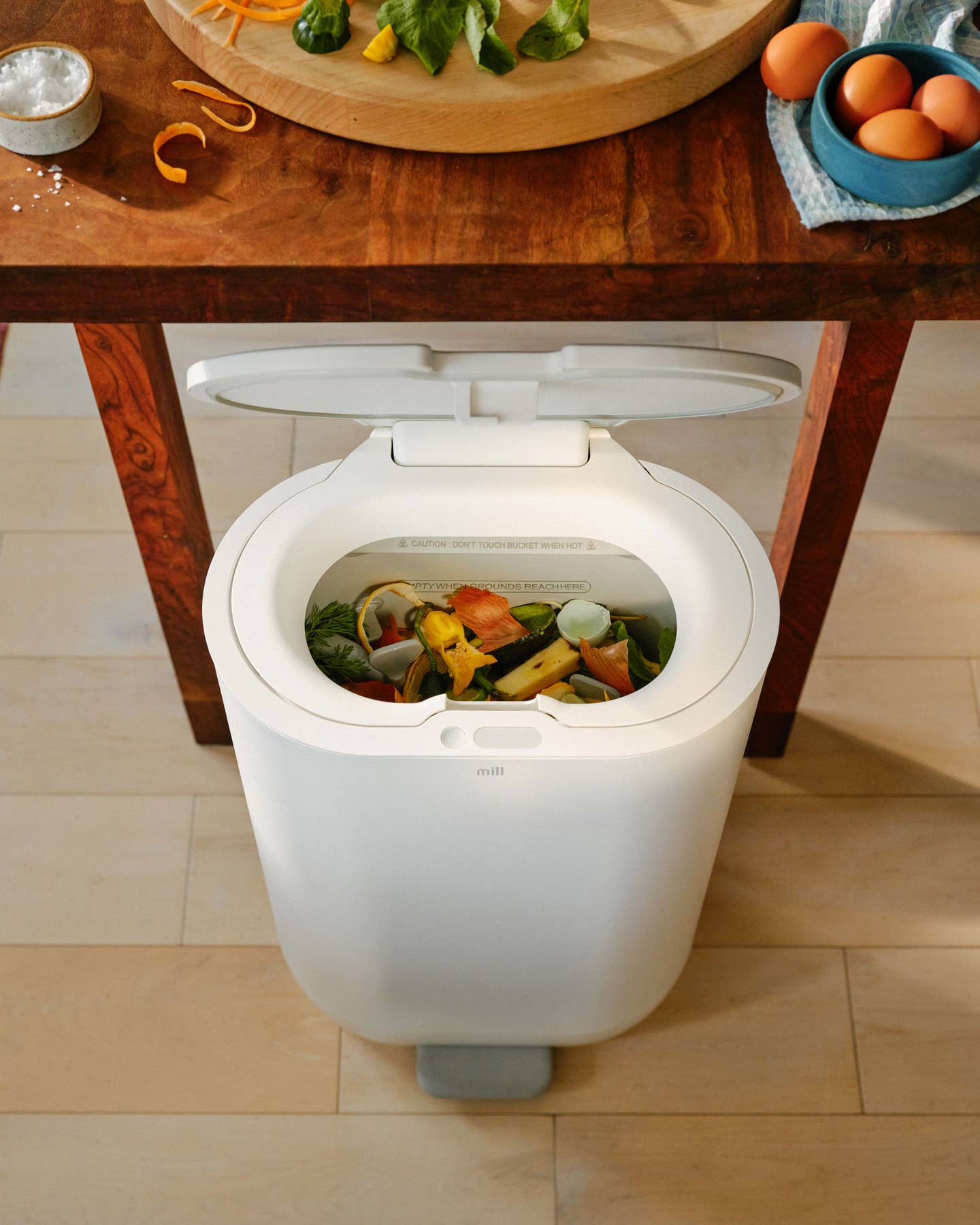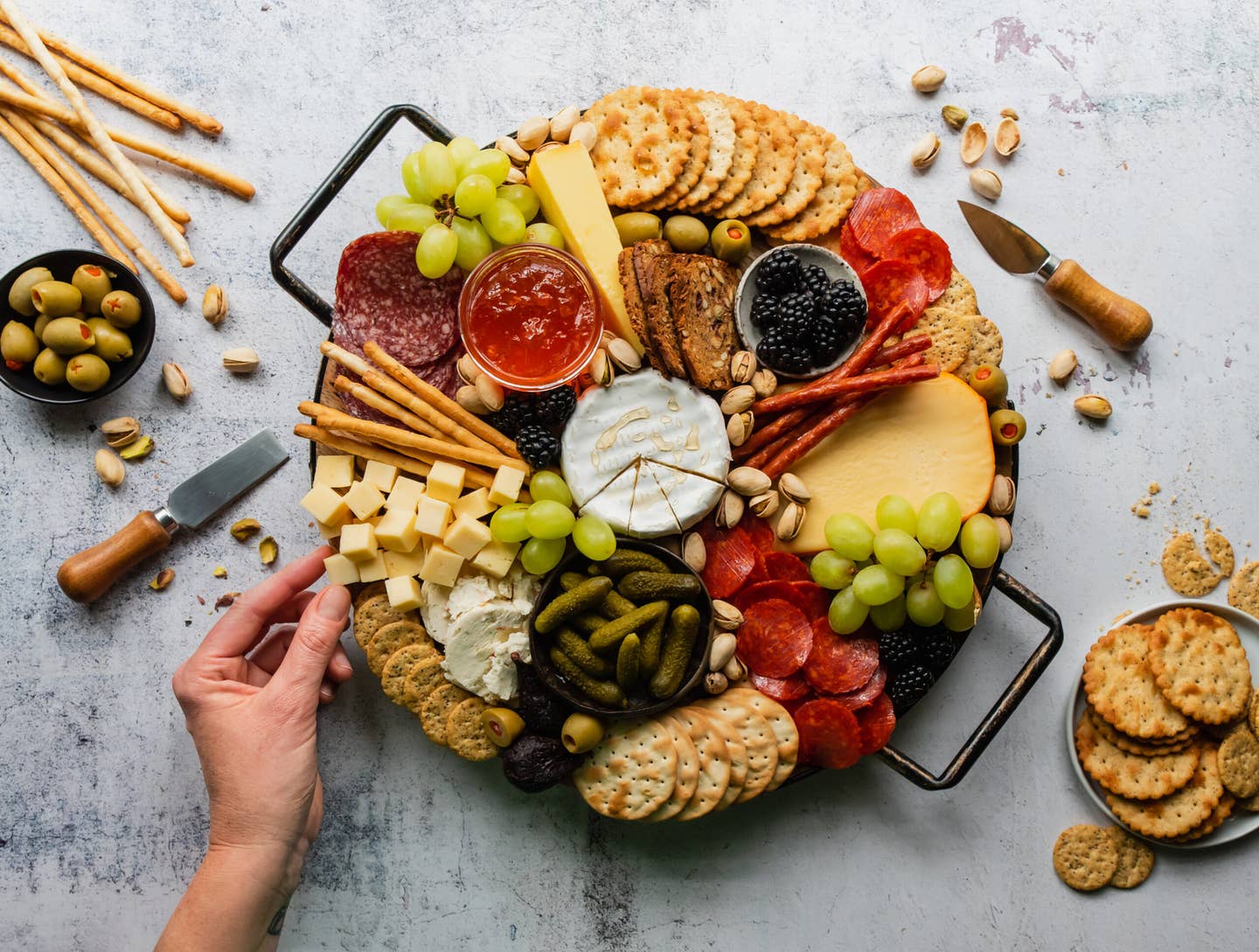Take Your Food Prep Game to the Next Level with the Best Plastic Cutting Boards
Six options from super-flexible to extra-durable.
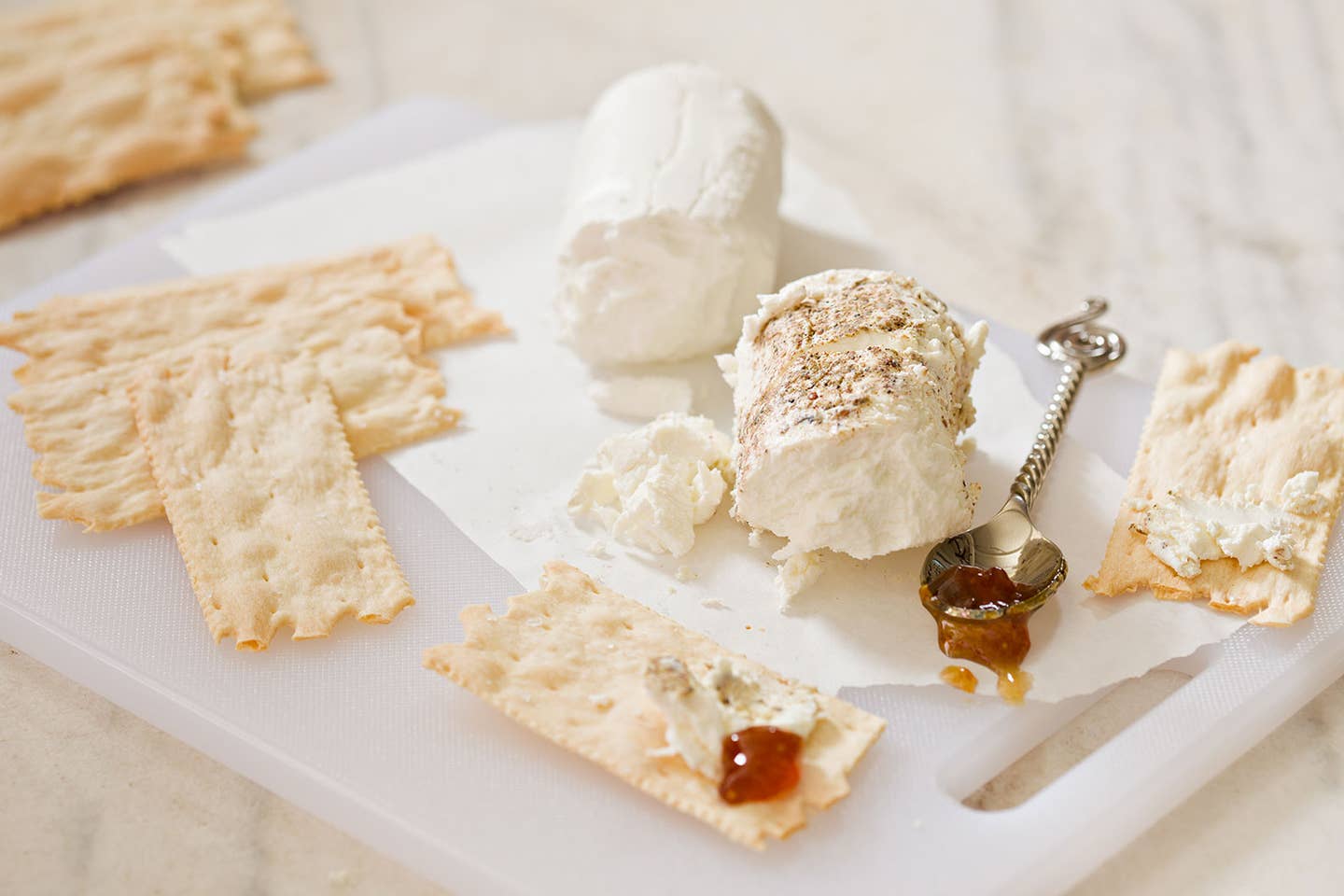
If you think all your kitchen needs is a bit of fancy wood for slicing and dicing, think again. While a chunky butcher block can double as an impressive platter for appetizers or cheese, you’ll often find that the best plastic cutting boards are doing the heavy lifting behind the scenes, especially in restaurants. And there are plenty of instances where it’s the preferred surface, especially for raw meat and fish.
At The Meat Hook, a butcher shop in Brooklyn, New York, production manager Kimberly Plafke’s team breaks down whole animals into everything from sausages to charcuterie. Sure, the process may start with a wood board, but it ends on recyclable, high-density polyethylene plastic (complete with a stamp of approval from the National Sanitation Foundation). “We need to make sure we use sturdy, easy-to-sanitize cutting boards to keep everything clean and tidy,” she says, pointing out the non-porous, stain-resistant benefits of plastic, which is not only crucial in her commercial kitchen, but helpful at home, too.
Usually inexpensive and easy to store, you can even stock up on a few and delegate them specifically for poultry or produce, reducing your chances of cross-contamination. Peeling garlic or chopping an onion? Plastic is also odor-resistant, whereas wood will often require a lemon and baking soda mixture, at a minimum, to rid it of strong smells. For all these reasons and more, we rounded up six of our favorites (including a few stylish enough to even keep out on your counter) that are well worth having in your arsenal.
- Best Overall: OXO Good Grips Utility Cutting Board
- Best Value: Nicole Home Collection Flexible Plastic Cutting Board Mats Set
- Best Durable Design: Thirteen Chefs Large Cutting Board
- Best System: 6-Board Color-Coded Cutting Board System
- Best Sustainable: Material The ReBoard
- Best Blend: Tenryo Hi-Soft Cutting Board
A Few Things to Consider
Material
When it comes to the best plastic cutting boards, you’ll want to choose a high-quality, high-density polypropylene or polyethylene. If properly maintained, the construction shouldn’t crack, warp, or chip.
Knife Compatibility
You’ll want a thick cutting board to ensure proper cutting. Jeremy Watson, founder of Chubo Knives, recommends a 3/4-inch thick board if going the plastic route. “Slightly thicker boards offer more stability and absorb the impact of your blade on the surface more than thinner boards,” he notes. “Whatever board you buy, we recommend choosing one on the softer side, with a little give. A super hard, unforgiving surface will dull your knives more quickly.” It might go unsaid, but to keep blades sharp, take them to a honing rod more frequently
Maintenance and Care
One of the biggest draws of plastic cutting boards? They require less maintenance than their wood counterparts. Nearly all are dishwasher-safe, meaning you can give them a quick rinse and stack them in with your plates and cutlery. Unlike wood, plastic doesn’t require any regular oiling or scrubs; all you need is water and soap.
Our Top Picks
Best Overall: OXO Good Grips Utility Cutting Board
Best No-slip
Can a plastic cutting board be flexible without being flimsy? It sure can. In fact, that’s our favorite aspect of this incredibly affordable three-pack. These thin, colorful boards are great for siphoning chopped food into a bowl or mixer—just pick the whole thing up, curl the edges inward, and guide the food right where you want it. These boards are also BPA free and odor resistant. And while they probably won’t last forever like a wooden cutting board, it’s hard to beat that price.
Can a plastic cutting board be flexible without being flimsy? It sure can. In fact, that’s our favorite aspect of this incredibly affordable three-pack. These thin, colorful boards are great for siphoning chopped food into a bowl or mixer—just pick the whole thing up, curl the edges inward, and guide the food right where you want it. These boards are also BPA-free and odor resistant. And while they probably won’t last forever like a wood cutting board, it’s hard to beat that price.
Best Durable Design: Thirteen Chefs Large Cutting Board
Designed for commercial use, this ultra-durable cutting board looks simple, but stands up to regular use. The lightly-textured board is made with HDPP (high density polypropylene), which has a better wear and heat tolerance than other options on the market. It’s BPA-free, which means it’s made without an industrial chemical called bisphenol A, which some research has shown can seep into food (though the FDA says it’s still safe at low levels). It comes in a wide range of colors, including a not-often-seen black that can hide stains better than a white one.
Best System: 6-Board Color-Coded Cutting Board System
Whether it’s for family, friends, or in her own kitchen, this is the NSF-approved and HACCP (Hazard Analysis Critical Control Point) color-coded set of cutting boards Plafke recommends (who also finds it adds fun color to the kitchen). The color coding system is as follows: Blue is for raw seafood, yellow for raw poultry, red for raw meat, brown for cooked meat, green for produce, and white for dairy and breads.
“You don’t find these different colors with wooden boards very often,” adds Plafke, and another benefit is the thickness and weight. “Even once the animals are broken down into more manageable pieces, they are still super heavy, and we absolutely need boards that will support that weight without sliding around the table.”
Best Sustainable: Material The ReBoard
A blend of knife-friendly recycled plastic (75 percent) and renewable sugarcane (25 percent) for durability, the reBoard from Material Kitchen is a stylish, sustainable option that you could keep out on your kitchen counters. Choose from seven bright, lively colors (and perhaps even create your own system—you can snag a three-pack for $80) and count on this board being lightweight and easy to clean; just pop it in the dishwasher when you’re done.
Best Blend: Tenryo Hi-Soft Cutting Board
Made in Japan, Tenryo’s Hi-Soft is poly-vinyl acetate (designed to resemble the look and feel of wood) is approved by several knife brands like Korin and Chubo, as it reduces impact on the knife and stress to the hand. This, explains Wendy Yang, Korin’s New York City showroom manager, extends the lifespan for your knives. “The non-slip surface keeps your hands safe while allowing for precision and accuracy,” she explains. “Also, unlike wood, the Hi-Soft cutting board won't crack or have dents, so bacteria won't grow within.” Watson also prefers plastic and vinyl blends. “The material has a lot of give to it and is gentle on knife edges,” he adds.
Ask the Experts
Q: What is the most sanitary type of cutting board?
For sanitary purposes, plastic cutting boards are used by professionals to cut proteins like fish and meat, offers Watson. “They are the most hygienic and can be sterilized in hot water or put in a dishwasher,” he adds. It’s why after Plafke’s team breaks down an animal on a wood butcher block (to endure the weight) they move over to plastic. Because plastic boards aren’t porous, juices—whether from animals or vegetables—won’t seep in, making it easier to prevent cross-contamination. In comparison, Plafke notes, wood is the exact opposite. “Wood is very porous and also cracks over time,” she says. “There is a higher risk of not being able to clean properly. Food safety in a butcher shop is the number one priority, so the plastic boards give us that extra cushion to ensure product safety,” she shares.
Q: How long do plastic cutting boards last?
This all depends on how often you cook and therefore cut and prep food. Rather than follow a timeline, pay attention to the look of your board—knife marks are likely, but if they’ve turned into deep gouges or cavernous grooves (which can be difficult to clean and harbor bacteria), it’s likely time for a replacement.
Keep Reading
Continue to Next Story
